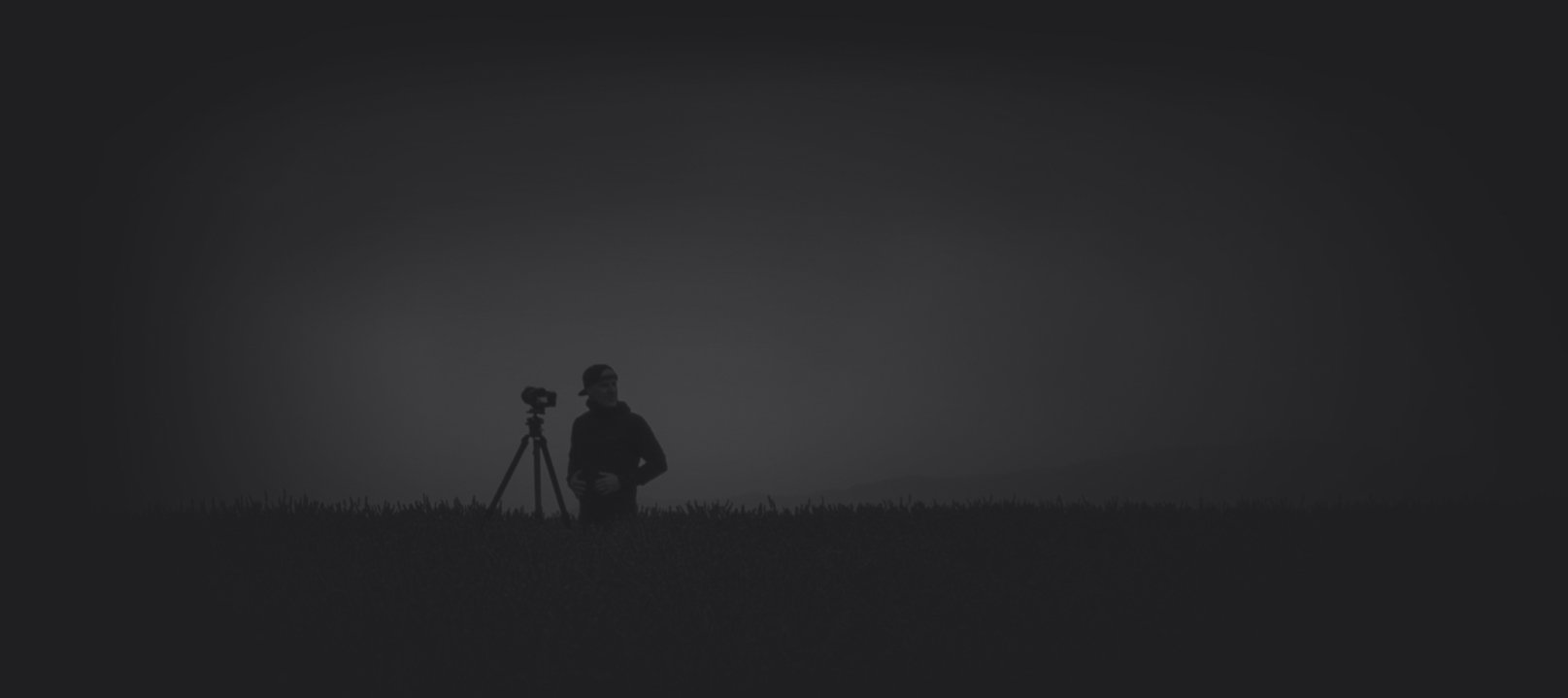Colors and interior design play a large role in our mood and mentality. Understanding that relationship is necessary when you plan to redecorate a space, whether it be the home or office. It’s best to incorporate colors like light blue, yellow, and green since these create a welcoming atmosphere.
These colors relax individuals and serve to make a far more peaceful living space, improving one’s general mood with their presence. When deciding to recolor your spaces, whether it’s now or in the future, it’s important to know how the color green improves our moods and spaces.
Take some time to look over your wall colors and experience what emotions they make you feel. The spaces you inhabit need to provide a welcoming environment; otherwise, you’ll find yourself surrounded with anxiety and negative emotions.
What are the Psychological Effects of Green
When individuals need to create a space that calms them down, the first color they default to is green. You can see this implementation in most hospitals and dentist offices, where a person may feel nervous or worry about their bodily health.
The reason behind this is that the color green often provides a sense of calming when we see it; green relaxes the nerves and sets peoples’ minds at ease. Whether a person sits in the waiting room of the ER, lounges on their couch at home, or spends time at work, the color green will subconsciously soothe.
How Color Fits Into Human Psychology
Green is a calming color, but why is that? Out of all the colors that exist, why does green happen to be one of the few that relaxes anxieties and reassures people? This type of association comes from thousands of years of human development; the color green is a common sign of freshness and security.
Our association of green being good also shows up in popular culture, which further reinforces our collective feeling on the color. Paintings that have lush greens often symbolize fertility and prosperity, and people view phrases like “going green” in a positive light.
Associations of the Color Green
With anxiety-inducing colors covered, let’s move on to the main topic: the color green. You can trace the positive aspects of green to ancient associations. Green typically means freshness, prosperity, and the natural world.
Green is so comforting because plants and vegetation are often green in color when they’re most nutritious. We appreciate the color green today because our ancient ancestors saw that color and knew it meant life, food, and the promise of security. On a subconscious level, we generally feel these comforting feelings when the color green is around us, whether in the form of plants, artworks, or wall paint.
The Symbolism of Green
Along with our psychological response to green, the color also plays a role in representation in media. When we think of green, we see images of sprouting leaves, blooming flowers, and the rejuvenation of the natural world.
Spring is a season closely tied to the color green due to the sprouting vegetation and foliage. It’s a time of relaxation after winter, a season that’s notoriously harsh in many parts of the world.
We take this time to refresh ourselves, just like how the world comes back to life once the snow melts. Spring is a time of new beginnings; it’s a time to reflect on the past and make the necessary changes for the future.
Throughout our lives, the color green routinely comes up as a positive force; it symbolizes change, prosperity, and security. In a sense, people are generally hard-wired to appreciate the color, both from an evolutionary standpoint and reinforced with a cultural admiration.
Find Where You Can Implement Peaceful Colors
Knowing how the color green improves peoples’ moods and spaces is important and something you need to consider when designing living spaces, but don’t feel like you need to fully commit to the aesthetic.
If you think that your home can benefit from painting the walls green, then, by all means, do what brings you the most peace of mind. What works for one person may not necessarily work for everyone. Experiment with what you want for your walls, and always be aware of how your new and bold design choices affect you.
But if you don’t want to paint all your walls, or it’s not logistically possible because it’s a large space, you can always add splashes of green to get the same effect. For example, buying some fine art tree photography is a great way to introduce the color green into a living space and get the added bonus of bringing in a little piece of the natural world with it.
You can strategically place these pieces of art throughout your home or place of work, getting the maximum effect of the refreshing color. Sometimes a whisper can be more powerful than a shout; add small accents of art through your home to convey a peaceful and open area.
Know What Brings You Calm
As mentioned previously, colors like red and black don’t always bring negative emotions, and colors like green and blue don’t always bring positive emotions. While much of our associations come from instinct, our experiences also play a significant role in how we feel about specific things.
Know your feelings on different colors and how they affect you. Then, try to acknowledge whether your chosen colors engender a welcoming feeling or create a less-than-ideal atmosphere.
If you associate green with negative emotions and anxieties, you need to look into alternate design colors. Make choices that will make you happy, understand your responses to different colors, and implement something that will benefit you. If you need to make design decisions for a space where multiple people inhabit, you must also make sure you understand their feelings on the issue.
Colors are powerful, and they can mean the difference between having a good day or being hounded by feelings of discontent. Know what satisfies your aesthetic taste and incorporate it into your design.


